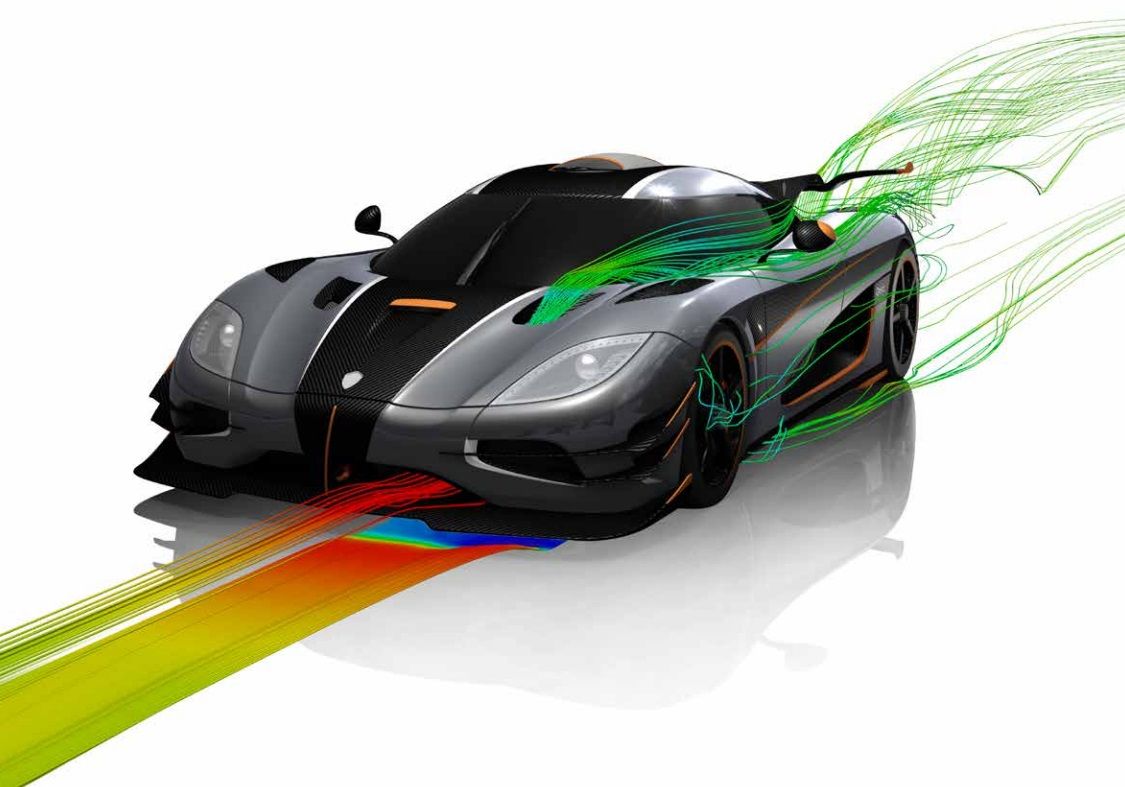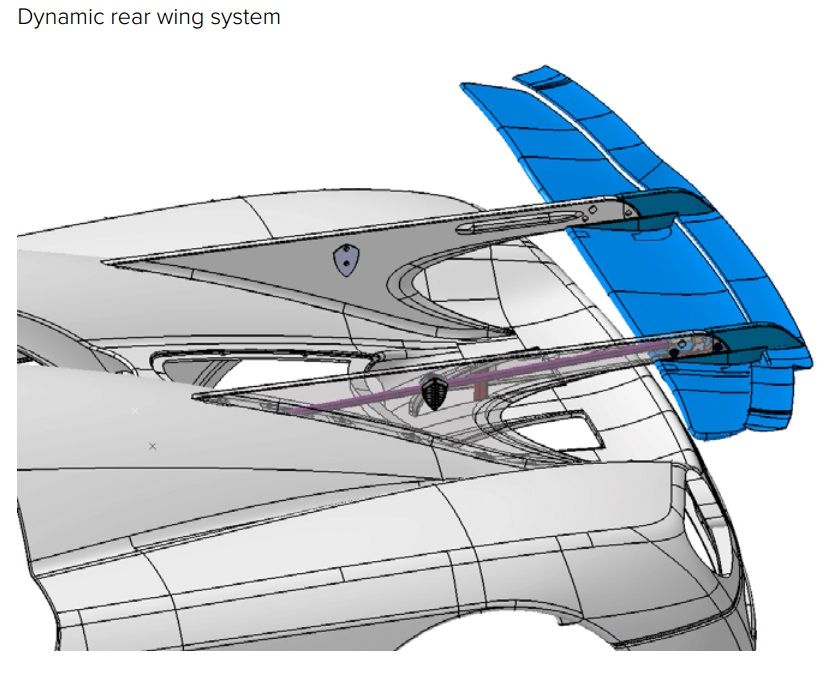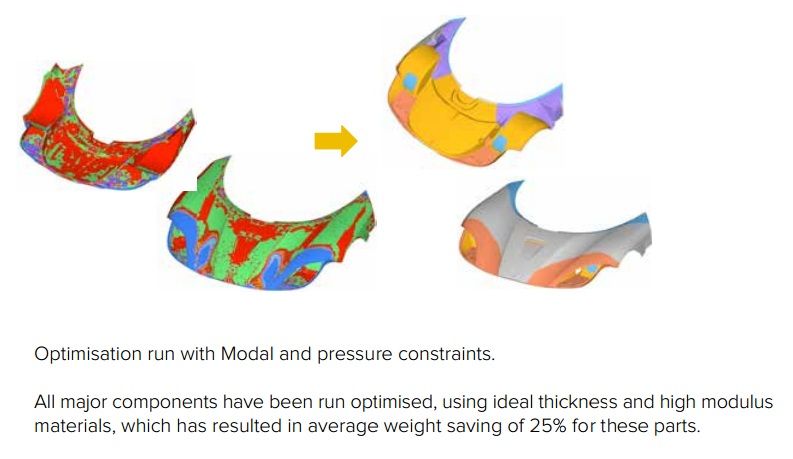Air. This simple combination of oxygen and nitrogen is one of the most difficult factors for designing a high-end supercar->ke177. It needs to be routed to the engine for combustion, funneled to various systems for cooling and it is used for downforce to keep the car stuck to the road. For most of the 20th century, designers had to make compromises to one of those systems to improve the other. You had to cut downforce to reduce drag and increase speed, or you had to increase drag to provide better brake cooling. Now though, we have active aerodynamics. The engineer’s solution to have your air-based cake and eat it too. For the most technical demonstration of active aero any production car to date we need to look no farther than the new One:1->ke4795 from Swedish supercar maker Koeingsegg->ke43.
Using a complex collection of vents, flaps, motors and hinges the 2015 Koenigsegg One:1 can completely alter its aerodynamic profile and performance.
Read on to find out about all of the advanced aero technology on the Koenigsegg One:1
Dynamic Wing System
The active wing has become a pretty common item on many cars these days, but Koenigsegg takes it a step farther. Rather than having a simple wing that extends at speed, the One:1’s wing is a fixed deployment wing with a variable angle.
The angle can be modified to create various aerodynamic effects from a negative 6-degree bend to reduce drag all the way up to a 25-degree positive angle to act as an airbrake. Rather than control the wings with a heavy hydraulic system mounted to the rear of the car, the One:1 makes use of a pushrod system and smaller inboard mounted hydraulics. The use of carbon-fiber push rod actuators allows Koenigsegg to leverage physics and use much smaller hydraulic motors while saving weight. The entire assembly weighs less than 20 pounds.
As an added bonus, the hydraulics are mounted near the center of the car to improve center of gravity.
Front Venturi Flap
The One:1 features multiple venture ducts along the bottom and rear of the car to increase downforce and help the car hug the road, but too much downforce can cause drag and limit top speed. To combat this, there are small flaps at the front of the car the can be opened or closed to direct airflow into, or away from, the venturi ducts.
In general, the flap is retracted at speeds under about 140 mph. This helps to increase downforce and improve handling. Once that speed is increased, the flaps are open to create less drag under the car and improve top speed performance.
The flaps themselves are a marvel of engineering. They are built with a more flexible composition of carbon fiber, and so they actually have no hinges. The carbon just flexes to the point it needs to bend. This eliminates a point of potential failure in the system.
Dynamic Rake Control
This is another simple feature that I am surprised lots of other cars don’t offer or talk about. The One:1 uses its adjustable suspension to alter the rake angle of the total car over the ground. For high-grip situations, the nose of the car is lowered, while the back end is raised. This forces the car into the ground and improves road handling.
To decrease drag, there is a high-speed setting that actually lifts the nose slightly higher than the rear to allow more air to pass under the car and reduce the total downforce on the machine. It is simple and brilliant.
Optimized composites
It may not be active aerodynamics in the traditional sense, but Koenigsegg has used its massive engineering talent to map out what portions of the body take the most stress from wind and aerodynamic forces. These areas are strengthened, while the areas of little force actually weakened by removing material. This allows the company to actually reduce weight by thinning the body panels at areas of low stress.







